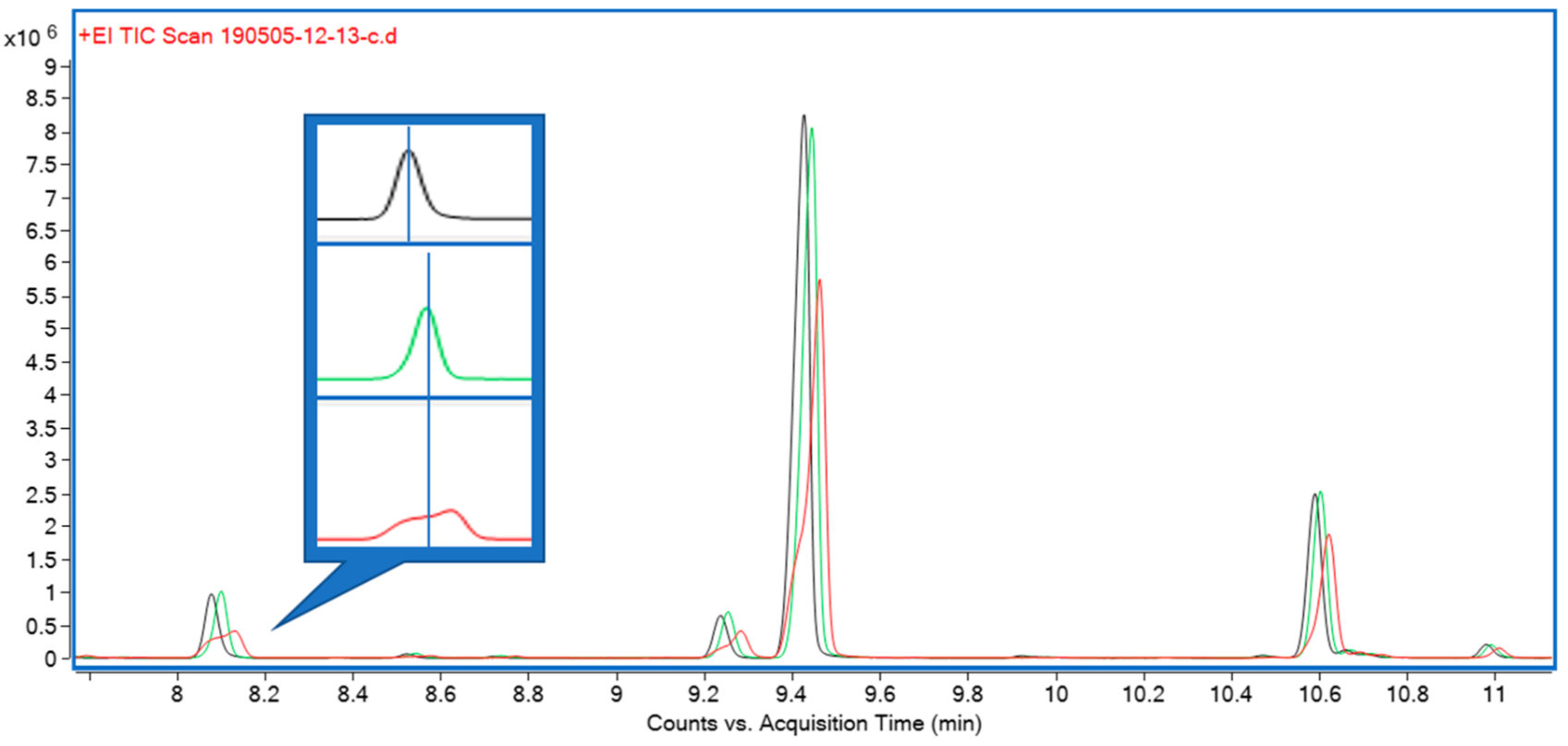Difference between revisions of "Template:Article of the week"
From LIMSWiki
Jump to navigationJump to searchShawndouglas (talk | contribs) (Updated article of the week text) |
Shawndouglas (talk | contribs) (Updated article of the week text.) |
||
| Line 1: | Line 1: | ||
<div style="float: left; margin: 0.5em 0.9em 0.4em 0em;">[[File: | <div style="float: left; margin: 0.5em 0.9em 0.4em 0em;">[[File:Fig3 Krill Metabolites2020 10-7.png|240px]]</div> | ||
'''"[[Journal: | '''"[[Journal:A high-throughput method for the comprehensive analysis of terpenes and terpenoids in medicinal cannabis biomass|A high-throughput method for the comprehensive analysis of terpenes and terpenoids in medicinal cannabis biomass]]"''' | ||
[[wikipedia:Cannabis|Cannabis]] and its secondary metabolite content have recently seen a surge in research interest. Cannabis [[wikipedia:Terpene|terpenes]] and [[wikipedia:Terpenoid|terpenoids]] in particular are increasingly the focus of research efforts due to the possibility of their contribution to the overall therapeutic effect of [[wikipedia:Medical cannabis|medicinal cannabis]]. Current methodology to quantify terpenes in cannabis biomass mostly relies on large quantities of biomass, long extraction protocols, and long [[gas chromatography]] (GC) gradient times, often exceeding 60 minutes. They are therefore not easily applicable in the high-throughput environment of a cannabis breeding program. ('''[[Journal:A high-throughput method for the comprehensive analysis of terpenes and terpenoids in medicinal cannabis biomass|Full article...]]''')<br /> | |||
<br /> | <br /> | ||
''Recently featured'': | ''Recently featured'': | ||
: ▪ [[Journal:Existing data sources in clinical epidemiology: Laboratory information system databases in Denmark|Existing data sources in clinical epidemiology: Laboratory information system databases in Denmark]] | |||
: ▪ [[Journal:HEnRY: A DZIF LIMS tool for the collection and documentation of biospecimens in multicentre studies|HEnRY: A DZIF LIMS tool for the collection and documentation of biospecimens in multicentre studies]] | : ▪ [[Journal:HEnRY: A DZIF LIMS tool for the collection and documentation of biospecimens in multicentre studies|HEnRY: A DZIF LIMS tool for the collection and documentation of biospecimens in multicentre studies]] | ||
: ▪ [[Journal:Bringing big data to bear in environmental public health: Challenges and recommendations|Bringing big data to bear in environmental public health: Challenges and recommendations]] | : ▪ [[Journal:Bringing big data to bear in environmental public health: Challenges and recommendations|Bringing big data to bear in environmental public health: Challenges and recommendations]] | ||
Revision as of 15:50, 16 August 2021
Cannabis and its secondary metabolite content have recently seen a surge in research interest. Cannabis terpenes and terpenoids in particular are increasingly the focus of research efforts due to the possibility of their contribution to the overall therapeutic effect of medicinal cannabis. Current methodology to quantify terpenes in cannabis biomass mostly relies on large quantities of biomass, long extraction protocols, and long gas chromatography (GC) gradient times, often exceeding 60 minutes. They are therefore not easily applicable in the high-throughput environment of a cannabis breeding program. (Full article...)
Recently featured:










